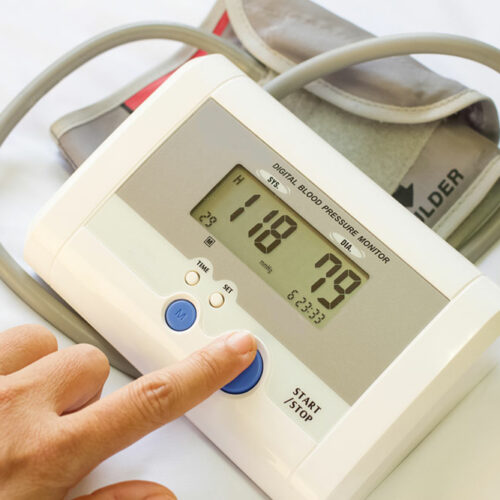
Here’s How You Can Lower Your A1C Levels
A1C level is a measurement used to indicate your blood sugar levels. It is vital to have your blood tested regularly to determine your A1C levels and check if you have diabetes. Even if you don’t have diabetes, you should try to keep your blood sugar levels in control. What is A1C level? When sugar enters the bloodstream, it attaches itself to a protein called hemoglobin that is present in your red blood cells. This sugar-bound protein is known as glycated hemoglobin. The higher the amount of such hemoglobin in your blood, the higher your blood sugar levels will be. A1C tests are conducted to gauge your blood sugar levels over the past three months, to get an idea of your sugar level fluctuations. Hemoglobin cells live for about three to four months, so A1C levels give a good picture of your glucose level in the bloodstream for that period. What is the optimal A1C level? A1C levels are referred to in percentages. For a nondiabetic patient, the A1C level should preferably be less than 5.7%. Anything between 5.7% and 6.4% indicates prediabetes. An A1C level of 6.5% and above means that the patient has diabetes. For a person with diabetes, the target is to bring the A1C level below 7%. With lower A1C levels, one can keep a check on the progression of diabetes as well as its associated complications in control. Eye diseases, kidney, nerve, and cardiovascular diseases are the risks associated with diabetes. By putting in some effort to manage your blood sugar level, you can reduce the risk of diabetes. Monitoring and managing blood sugar levels One needs to get their A1C tests tested every three months to accurately track their blood glucose levels. Follow the doctor’s prescriptions and instructions carefully. Be active and exercise for at least 30 minutes each day, to lower your A1C levels.
Read More 






